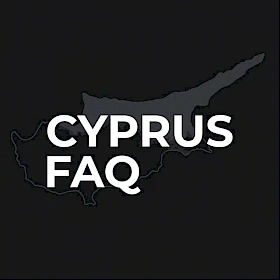The EU will create unified supervision for the crypto market and exchanges

The European Commission is preparing a large-scale financial reform that may radically change cryptocurrency regulation in Europe.
In December 2025, a package called the Markets Integration Package will be presented, within which a financial regulator — the European Securities and Markets Authority (ESMA) — will be established.
The new structure will become a single supervisory center for stock exchanges, investment companies and cryptocurrency platforms across the entire European Union.
According to its model, ESMA will resemble the U.S. SEC — the Securities and Exchange Commission.
If currently each EU country has its own financial watchdog, after the reform a single authority will have the power to monitor trading transparency, issue licenses and protect investors throughout the Union.
Today, digital asset regulation is based on the MiCA (Markets in Crypto-Assets Regulation) law, which came into force at the end of 2024. But supervision remains fragmented — each country interprets the rules in its own way.
The new model will give ESMA direct powers:
- to control the largest crypto exchanges and services (CASPs) operating in several EU countries;
- to issue and revoke licenses at the pan-European level;
- to resolve disputes between regulators and companies;
- to set unified standards of reporting, transparency and investor protection.
Thus, ESMA will become a single center of control for both traditional markets and the crypto sector.
Industry representatives fear that the new system will lead to centralization and bureaucracy, slowing innovation. Malta and several other countries with actively developing crypto sectors have already expressed opposition to fully transferring powers.
At the same time, supporters of the reform believe that unified oversight will eliminate regulatory arbitrage, when crypto companies register where requirements are softer, and investors will receive greater confidence and protection.
The Markets Integration Package is expected to be officially presented in December 2025. After that, the document will be submitted to the European Parliament and the EU Council for consideration.
You may also be interested in:
- Cyprus strengthens support for migrant children in schools
- The Forestry Department has released 18 Cypriot mouflons into the wild
- Storm “Byron” hit Cyprus: heavy rains, tornadoes and power outages
- Fight on the highway near Liopetri: the road turned into a “battlefield”, a car was damaged
- Yellow weather warning in Cyprus for severe thunderstorms and hail


